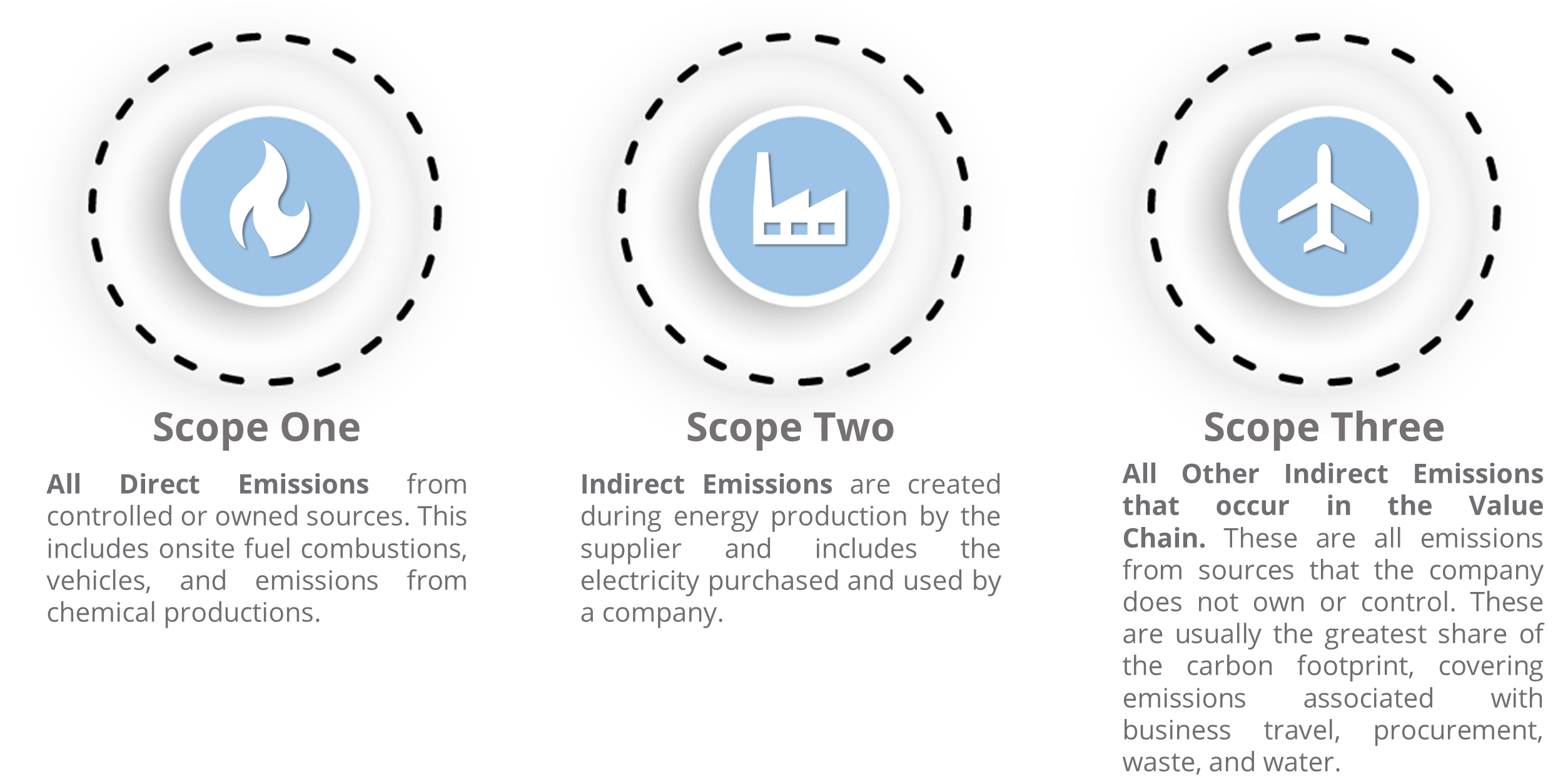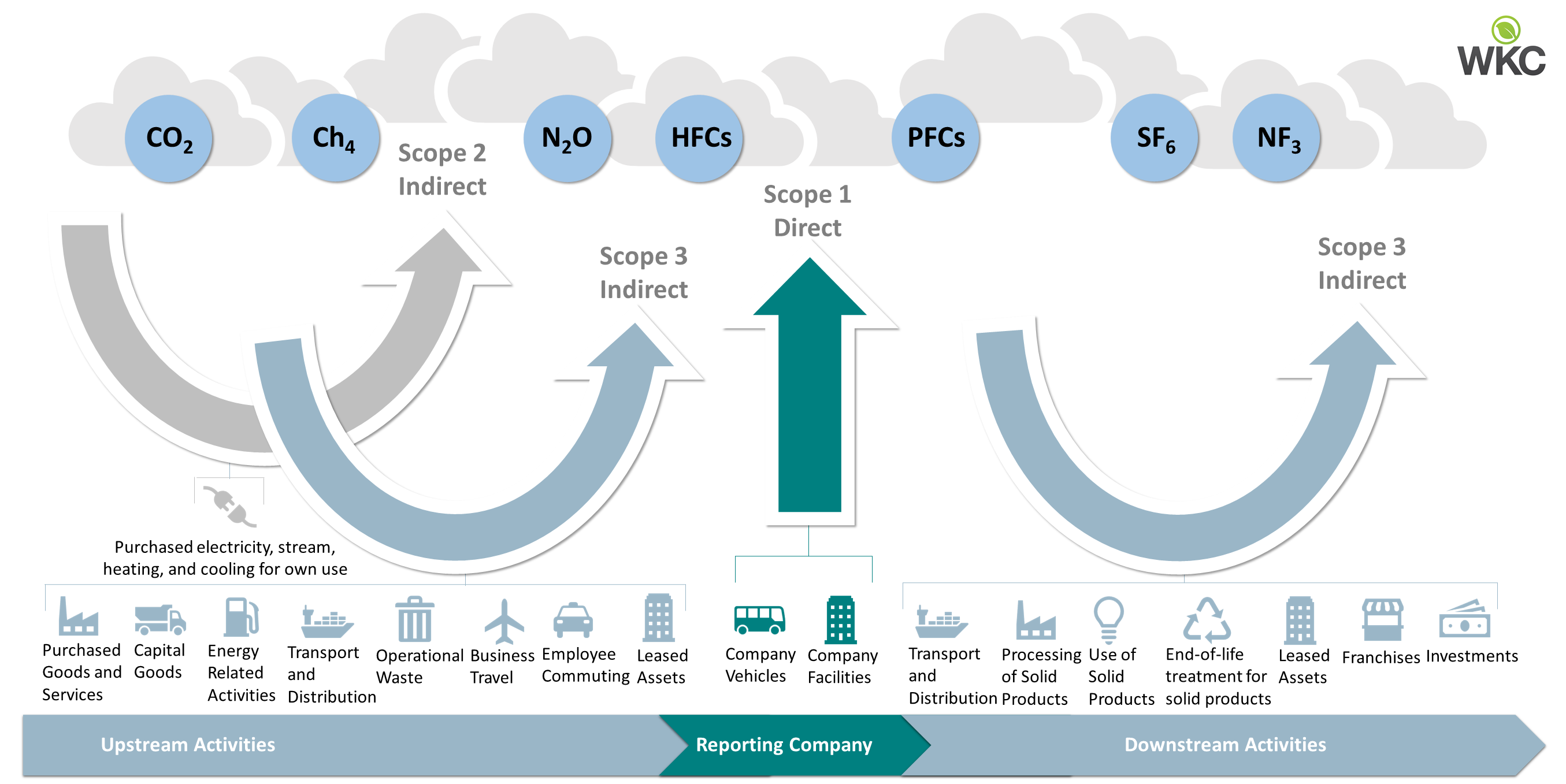Carbon Emissions Calculation Services
Carbon emission reduction starts by understanding how your business could be contributing carbon into the atmosphere. A greenhouse gas (GHG) inventory allows such emission sources and the associated emissions to be quantified using standardised methods.
Organisations develop GHG inventories for a variety of reasons, including:
The GHG inventory development process consists of four key steps:
Step 1
Start by reviewing accounting standards and methods (see for example the GHG Protocol, determining organisational and operational boundaries, and choosing a base year).
Collect data and quantify GHG emissions (Scope 1, 2 and 3 emissions).
Develop a GHG Inventory Management Plan to formalise data collection procedures.
Set a GHG emission reduction target and track and report progress.
What are Scope 1, 2 and 3 Emissions?
Read this article for a detailed description of Scope 1, 2 and 3 emissions.
How do you Calculate GHG Emissions?
Greenhouse gas (GHG) emissions are quantified using either direct measurement or calculation methods. The selection of a quantification method will depend on the information that is available for each source. A key component of developing a GHG inventory requires the use of emission factors. An emission factor presents the quantity of a GHG emitted to the atmosphere associated with a specific activity.
Our consultants at WKC specialise in inventory preparation using internationally recognised standards and protocols, through the use of measured data (emissions monitoring data), stoichiometry (for bespoke fuel usage) and emission factors for sources where detailed data is not available.
Click on the links below to view the full list of our Carbon Management Services:
Carbon Emissions Calculation
(Current page)
Carbon Emissions Calculation Resources






